Landing Craft and Beach Defenses
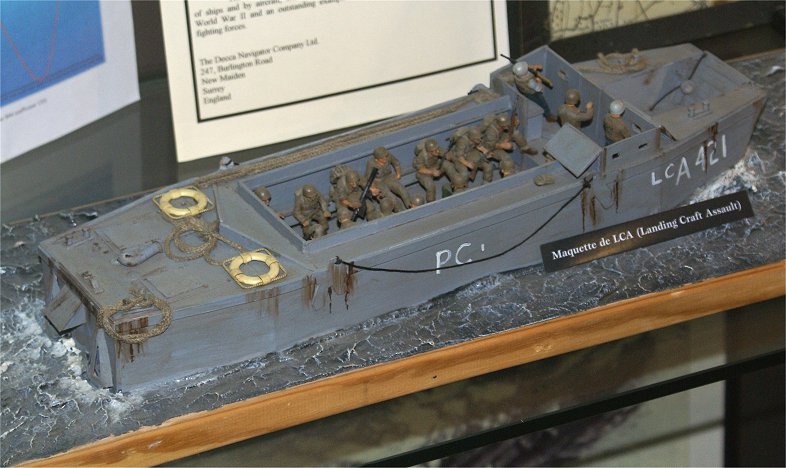

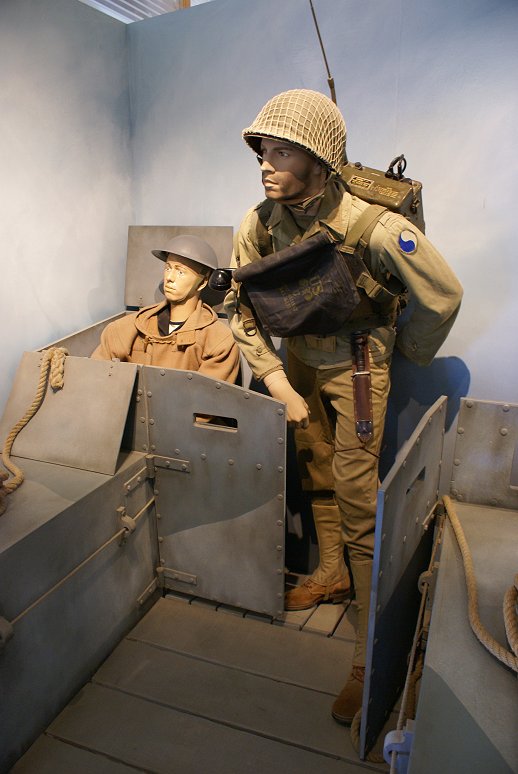
LCA
The Landing Craft Assault was a British designed and built vessel with
armor to protect the troops and also bench seating. At Omaha
Beach on D-Day, LCAs landed on the flanks near Vierville Draw and
Cabourg Draw. Thirty one men could be carried, but they could
only exit single file. These models at at Musee du Debarquement
at Arromanches.
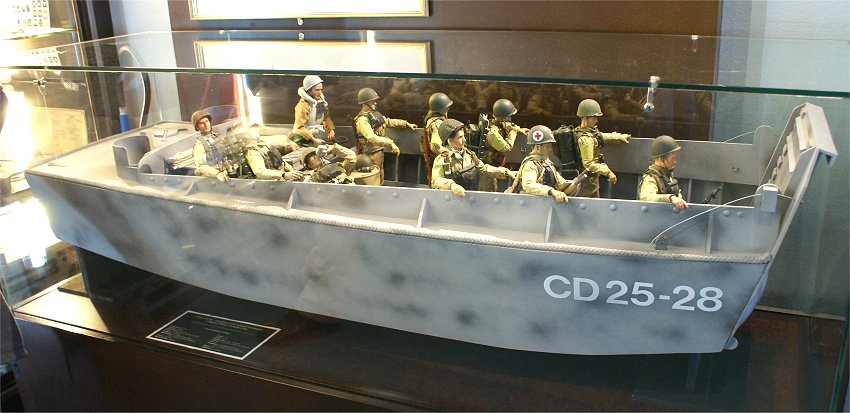
LCVP
The Landing Craft, Vehicle, Personnel or LCVP was designed by Andrew
Higgins, based on shallow draught vessels used in the swamps of
Louisiana. It could carry 36 men. This model at at Musee du
Debarquement at Arromanches.
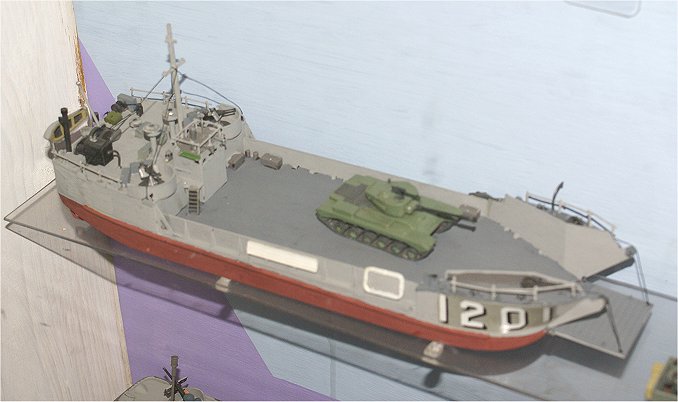
LCT
The Landing Craft, Tank was used to carry armored fighting vehicle to the beach. Model is at Saumur Tank Museum.
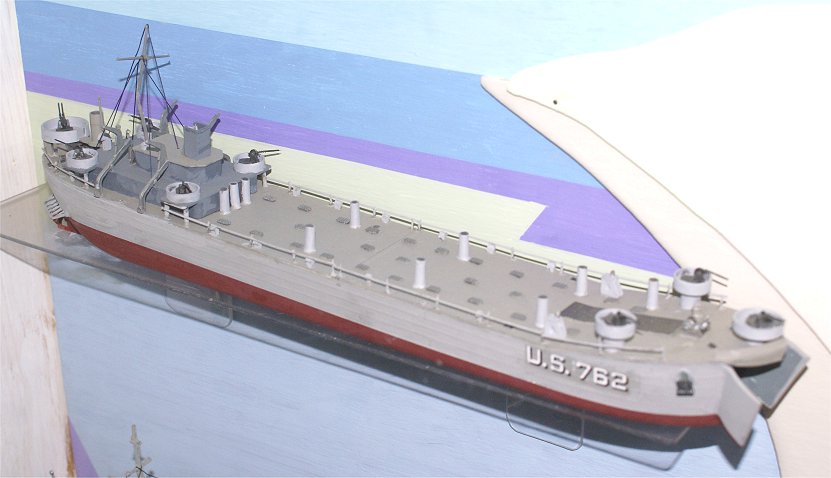
LST
The Landing Ship, Tank would beach itself and discharge its cargo from
the bow doors. The Mulberry Harbor was also designed to offload
LSTs quickly and easily. This model is at the Saumur Tank
Museum.
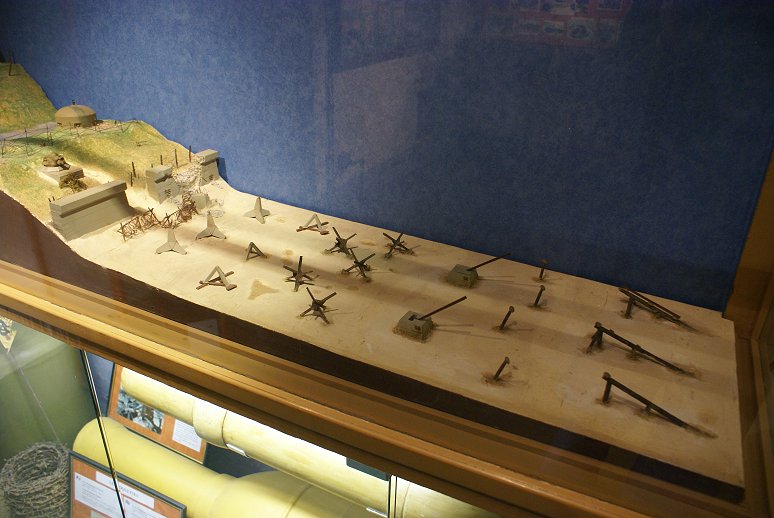
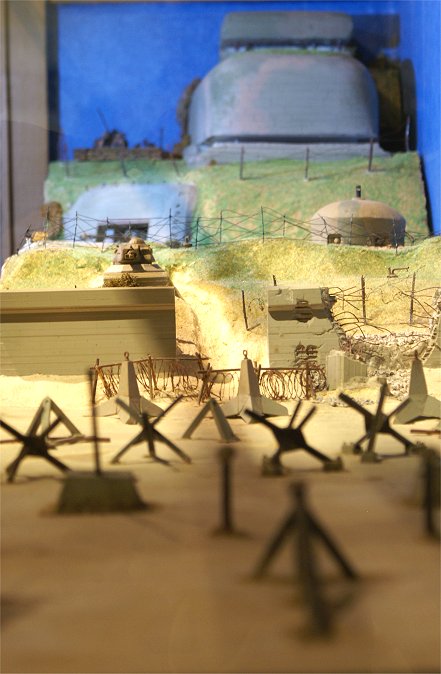
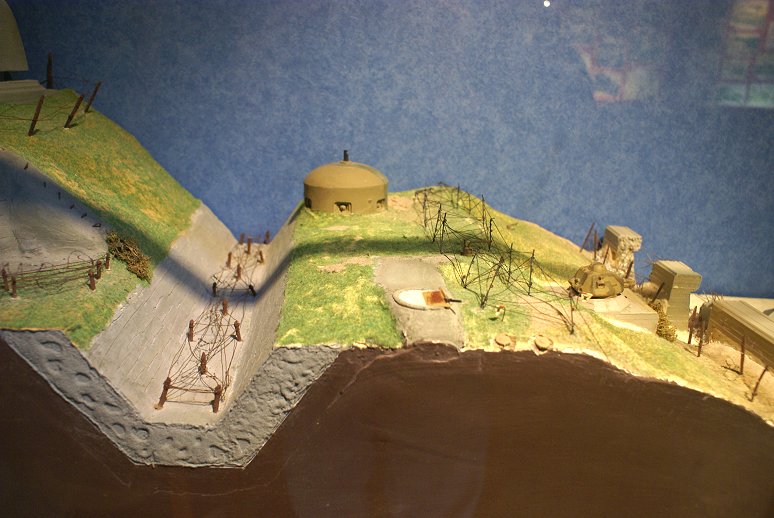
This model of German beach defenses is at the Grand Bunker. The
date and time for D-Day was selected for the lowest possible tide,
which, it was hoped, would negate the beach obstacles. In
reality, the assault troops went to ground and the engineers were
unable to clear many of the obstacles for the follow-on waves of
troops. Nevertheless, relatively few landing craft were destroyed
by the obstacles.


This model at the Normandy American Cemetery and Memorial also shows
the 'Belgian Gates' which were designed to rip the bottoms out of
landing craft. Note also that the strongpoints are designed for
fire along the beach.
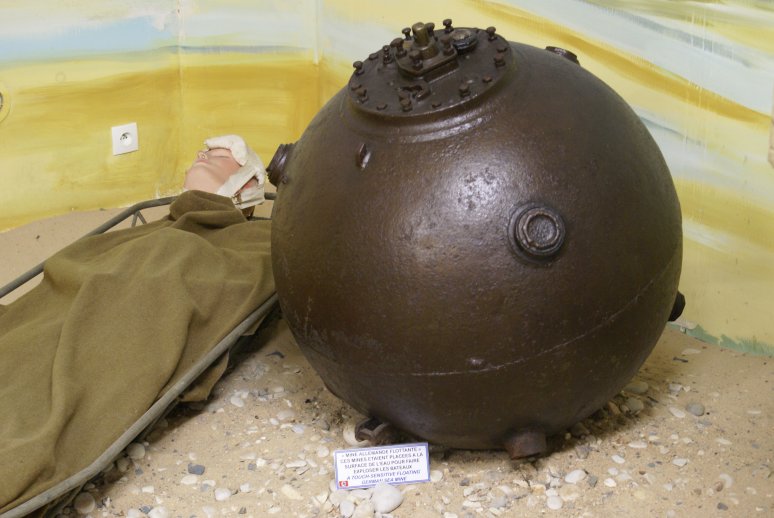
A greater potential threat to the invasion was the naval mine.
Fortunately, few had been deployed as Hitler was waiting on the
production of nearly undetectable mines.
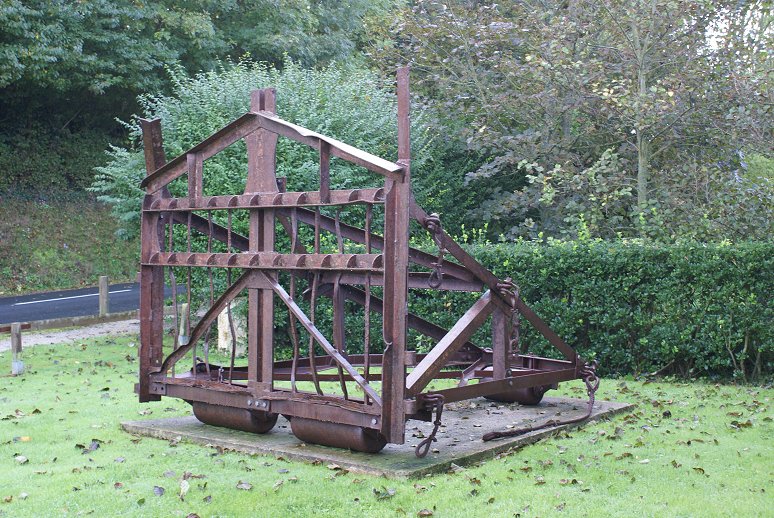
This is a 'Belgian Gate'.
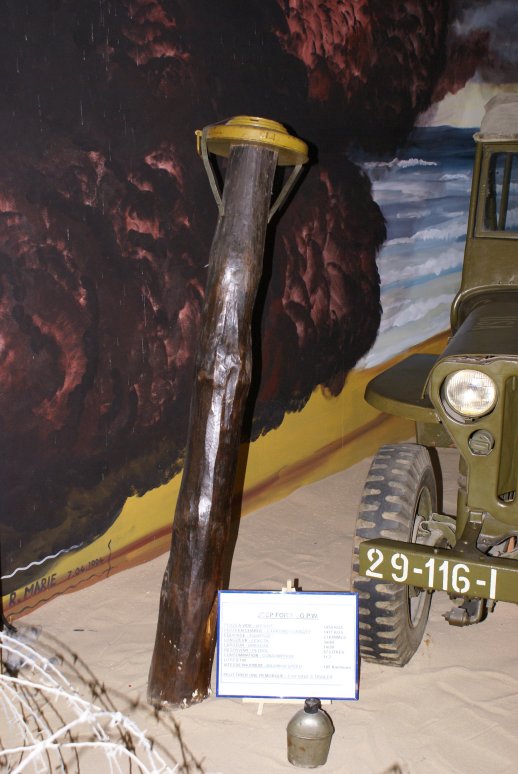
The poles on the beach each had a mine on top of each designed to blow a hole in the hull of landing craft.

This is an anti-tank mine. Also a threat were anti-personnel mines, particularly on the bluffs.
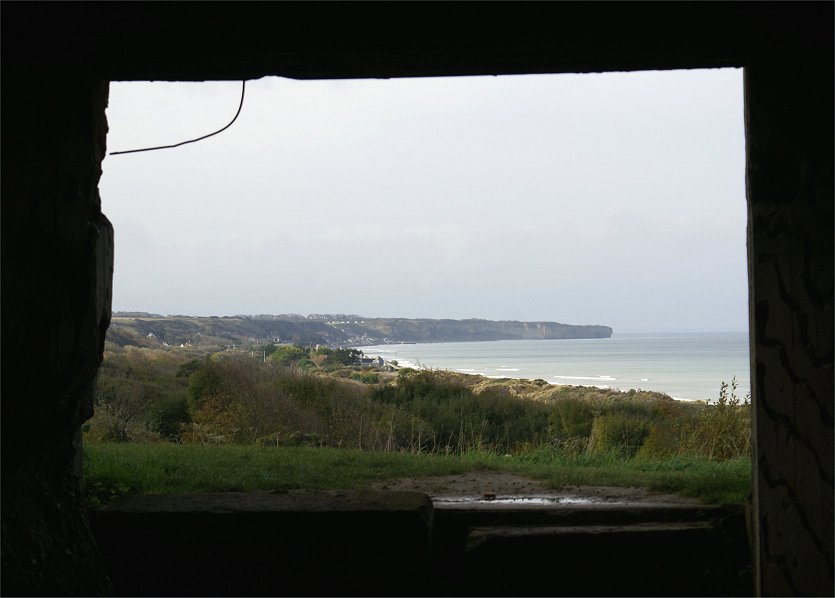
From WN 62
The German strongpoints on Omaha beach were especially formidable
because they were designed to enfilade the beach, which was possible
because of the concave shape of the beach. This made the
positions difficult to see and difficult for ships to bombard.
Copyright 2010 by John Hamill















